Monarch Musings
I’ve been confused for several years about the time frame for monarch caterpillars in our area. As a child, we would find the caterpillars and observe the metamorphosis in September, after school started. But in the several years we did it when my daughters were younger, it occurred in the summer. My husband would find caterpillars on the milkweed by the fuel system at the airport where he worked, and bring them home.
The last year we did it (2006 or 2007), he brought home three newly hatched caterpillars. They were no bigger than grains of rice, and white. But they matured rapidly, busily munching the milkweed we replenished each morning and making their chrysalises. That year, a niece had a butterfly-themed birthday, and I gave her one of the chrysalises. A day or two later, it hatched while they were eating lunch. That confirms that the whole process was completed in early August.
The other day I searched again for caterpillars and didn’t find any. However, I did find a patch of milkweed that still had blooms, and no seed pods. Strange that all the milkweed around here is not at the same stage, but apparently it’s the case. There were three or four monarchs fluttering around this milkweed. Could they be laying eggs?
I also saw one caterpillar “working over” another. Mating? Or do monarchs have the same habit as ants do about eating their own dead compatriots? The one on the left was opening and closing its wings, but the one on the right was still.
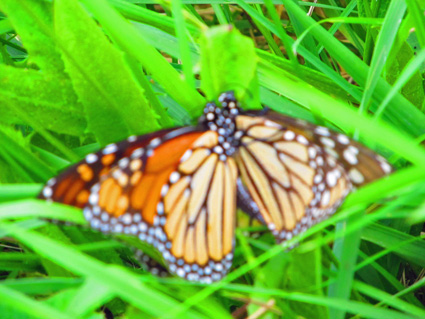
I think the one on the left may be a male; it has a black dot on the vein of each wing, which you can see better from the topside. A few minutes after this, both butterflies were gone, so I’m guessing the one on the right must not have been dead.
When I got home, I went online and discovered, at last, some of the answers I needed. It seems there are four different generations of monarchs each year, and that’s why both my childhood memories of September and my more recent experience of late July-early August are correct. Here’s how they explain it at Monarch Butterfly Website:
Monarch butterflies go through four stages during one life cycle, and through four generations in one year. It’s a little confusing but keep reading and you will understand. The four stages of the monarch butterfly life cycle are the egg, the larvae (caterpillar), the pupa (chrysalis), and the adult butterfly. The four generations are actually four different butterflies going through these four stages during one year until it is time to start over again with stage one and generation one.
In February and March, the final generation of hibernating monarch butterflies comes out of hibernation to find a mate. They then migrate north and east in order to find a place to lay their eggs. This starts stage one and generation one of the new year for the monarch butterfly.
In March and April the eggs are laid on milkweed plants. They hatch into baby caterpillars, also called the larvae. It takes about four days for the eggs to hatch. Then the baby caterpillar doesn’t do much more than eat the milkweed in order to grow. After about two weeks, the caterpillar will be fully-grown and find a place to attach itself so that it can start the process of metamorphosis. It will attach itself to a stem or a leaf using silk and transform into a chrysalis. Although, from the outside, the 10 days of the chrysalis phase seems to be a time when nothing is happening, it is really a time of rapid change. Within the chrysalis the old body parts of the caterpillar are undergoing a remarkable transformation, called metamorphosis, to become the beautiful parts that make up the butterfly that will emerge. The monarch butterfly will emerge from the pupa and fly away, feeding on flowers and just enjoying the short life it has left, which is only about two to six weeks. This first generation monarch butterfly will then die after laying eggs for generation number two.
The second generation of monarch butterflies is born in May and June, and then the third generation will be born in July and August. These monarch butterflies will go through exactly the same four stage life cycle as the first generation did, dying two to six weeks after it becomes a beautiful monarch butterfly.
The fourth generation of monarch butterflies is a little bit different than the first three generations. The fourth generation is born in September and October and goes through exactly the same process as the first, second and third generations except for one part. The fourth generation of monarch butterflies does not die after two to six weeks. Instead, this generation of monarch butterflies migrates to warmer climates like Mexico and California and will live for six to eight months until it is time to start the whole process over again.
I’m glad to have found a site with so much useful information. It looks like our hopes for a caterpillar this summer still have a chance — and judging from the butterfly activity I observed, I may have found a promising location to monitor.
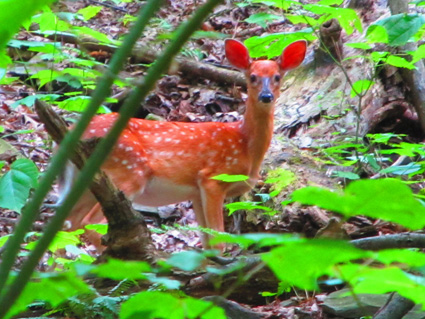
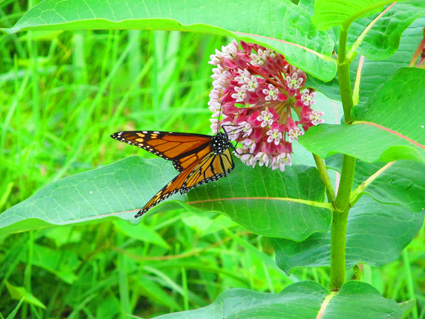
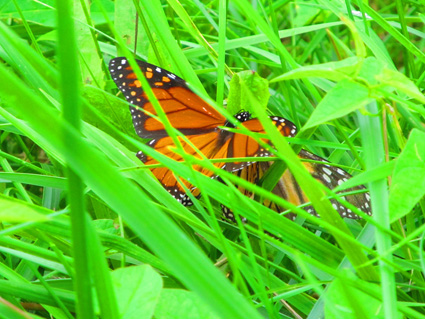
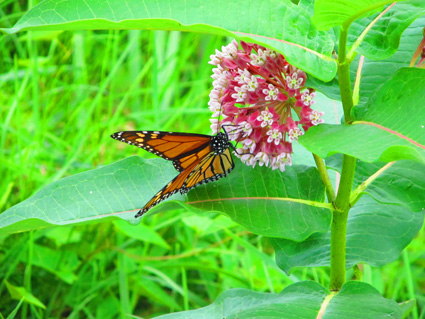
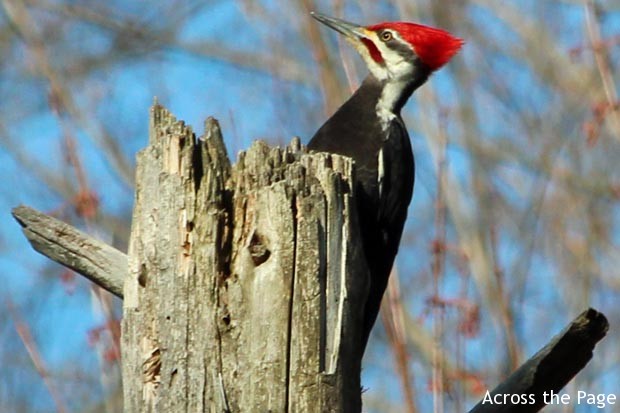

One Comment
Amy @ Hope Is the Word
I can’t wait to see what comes of this! :-)